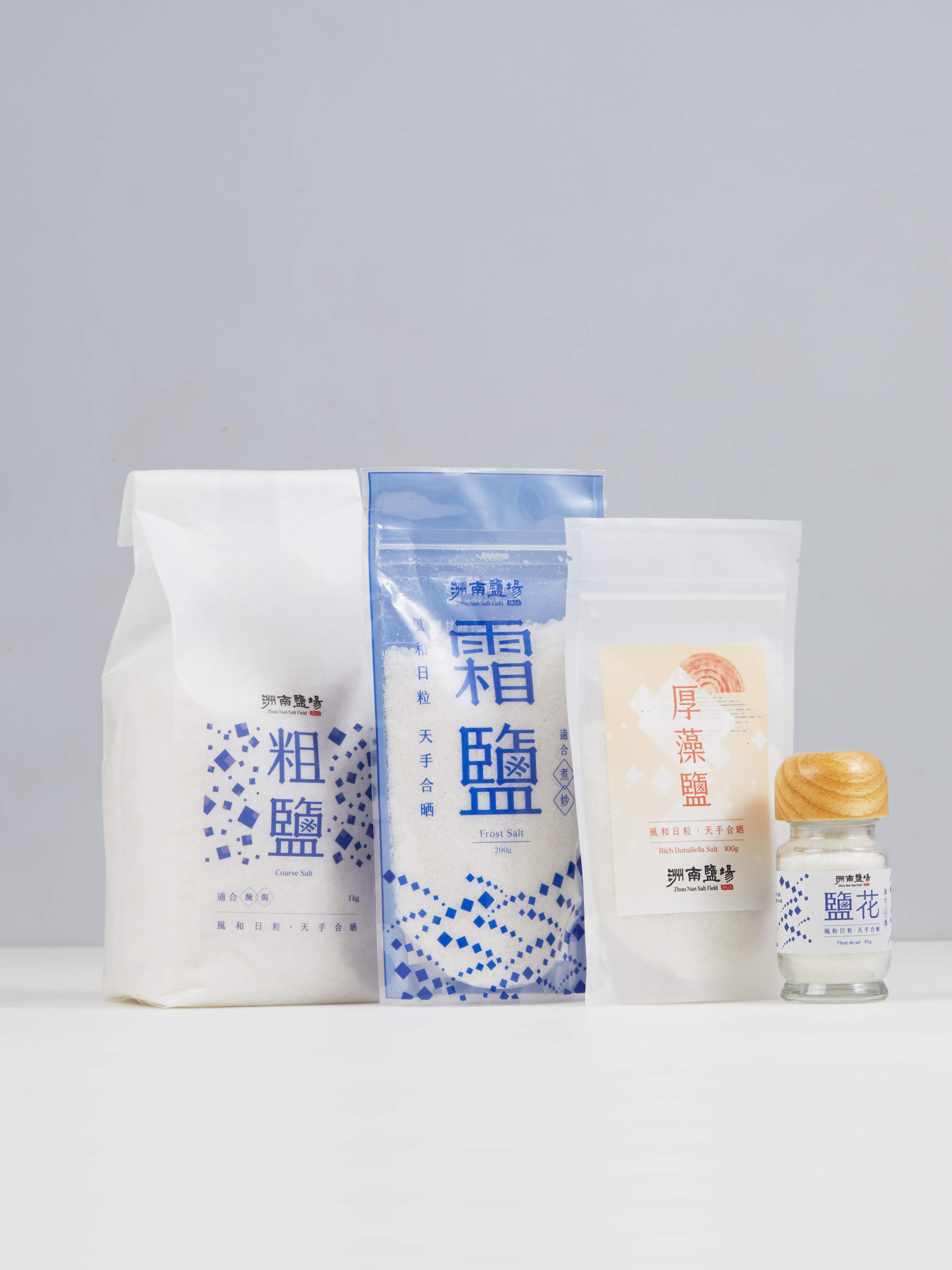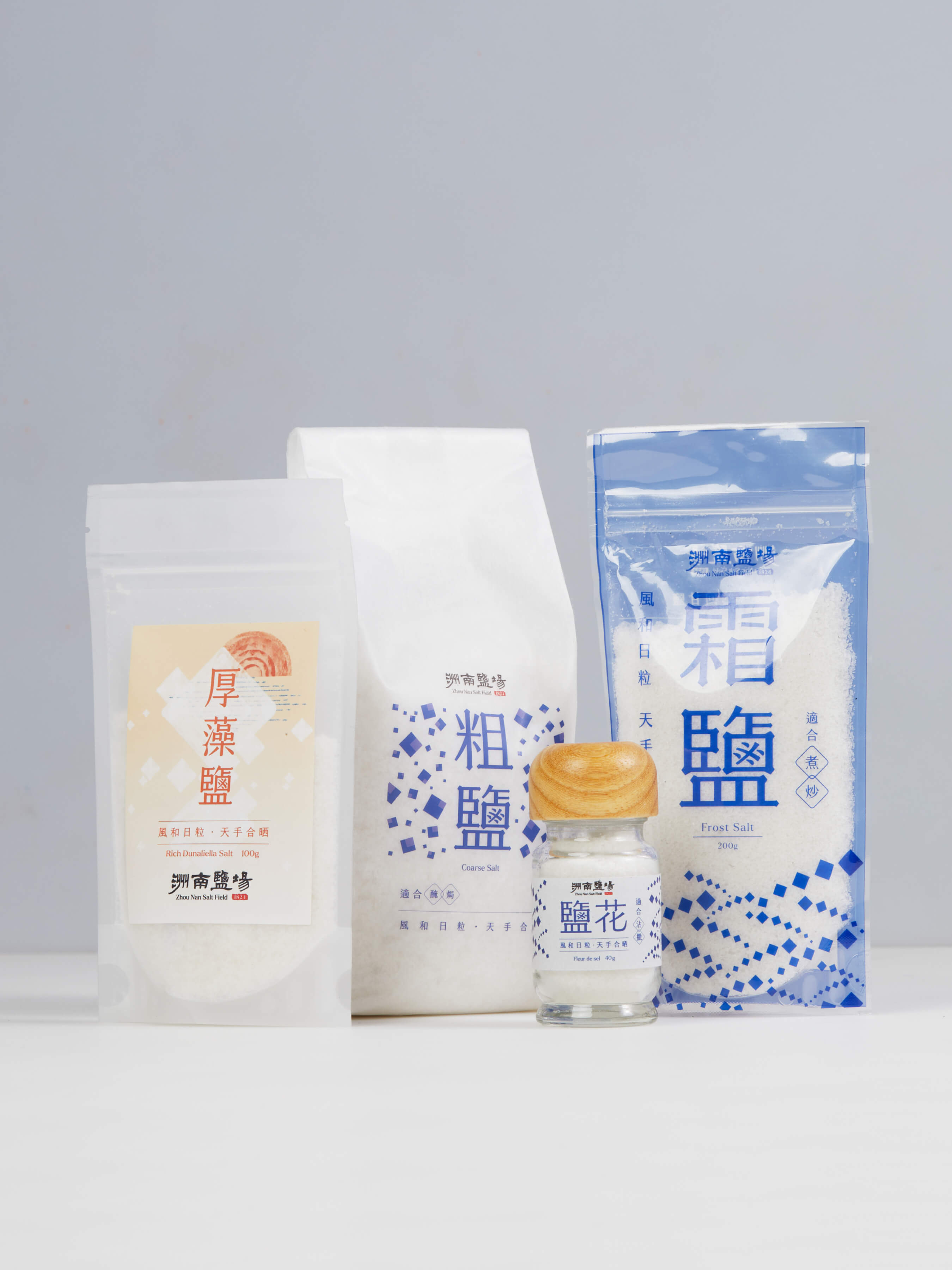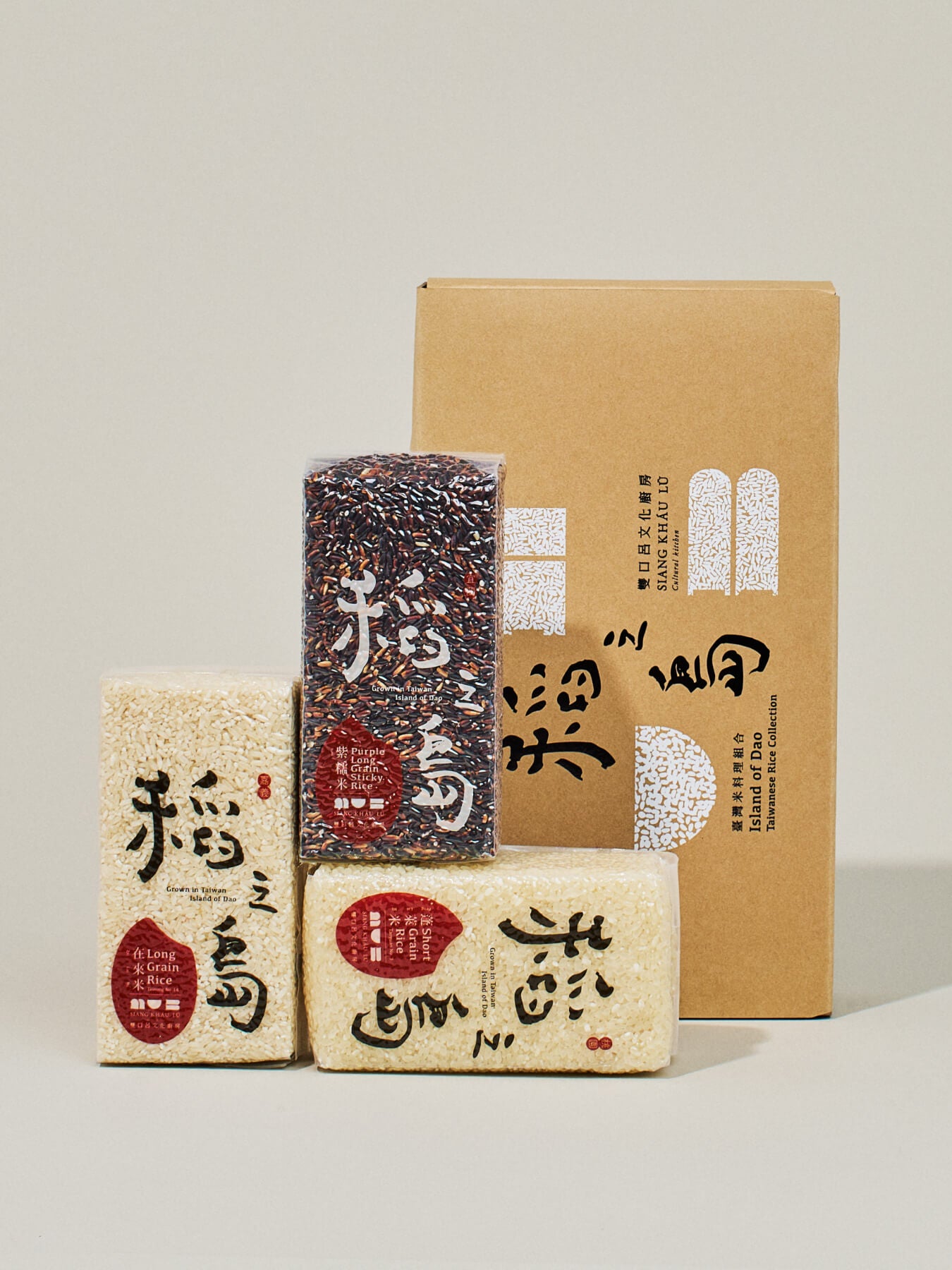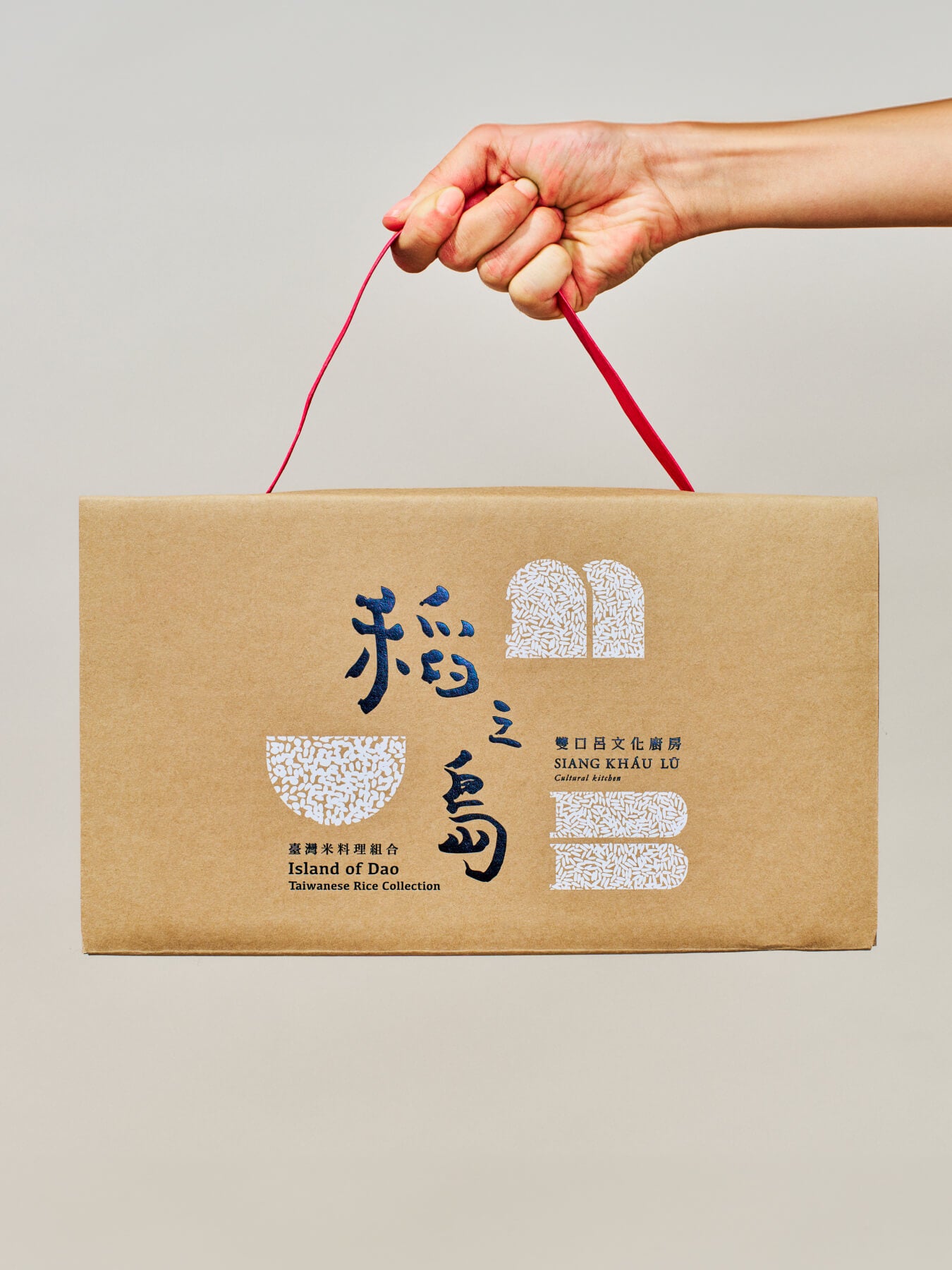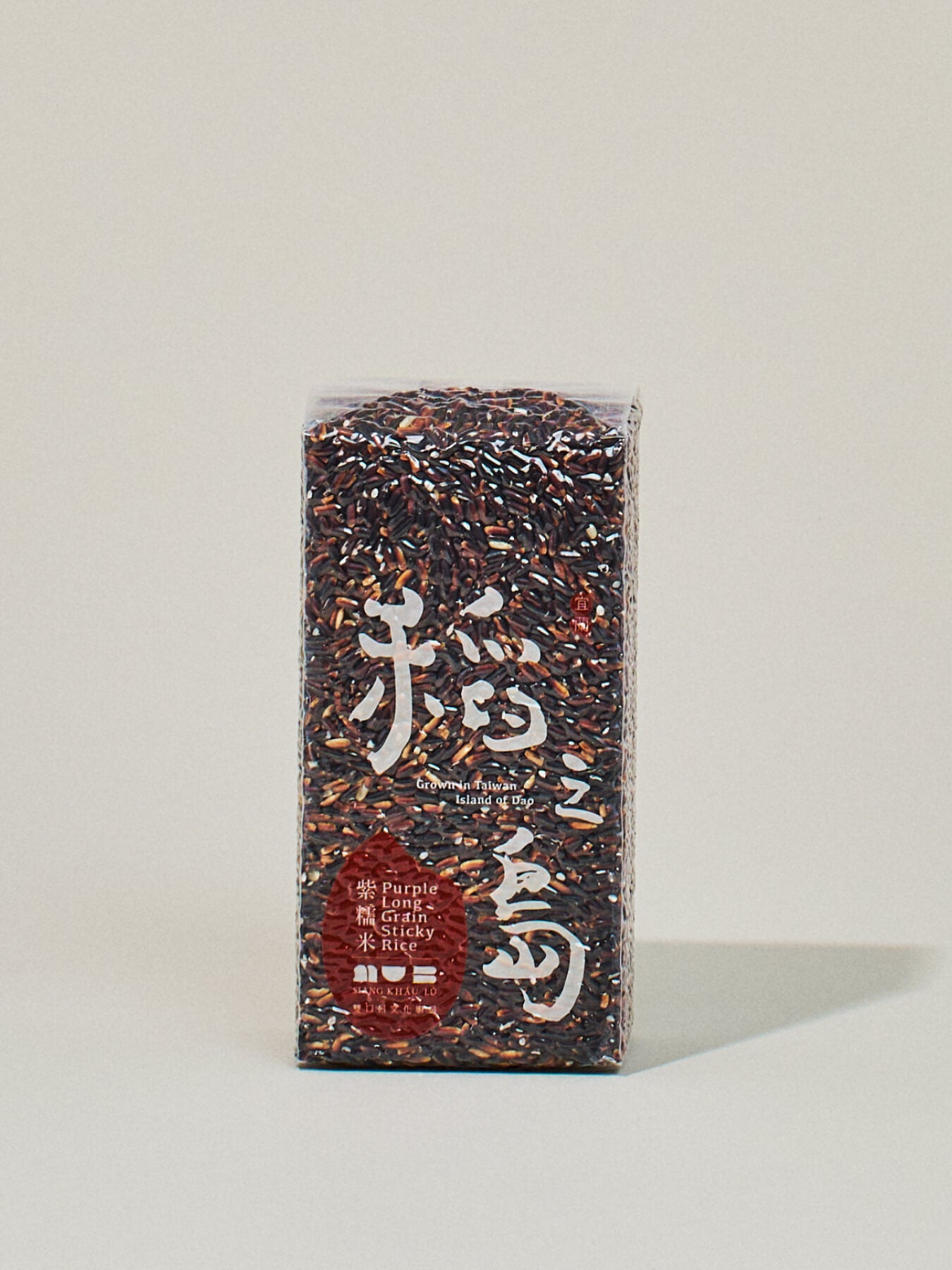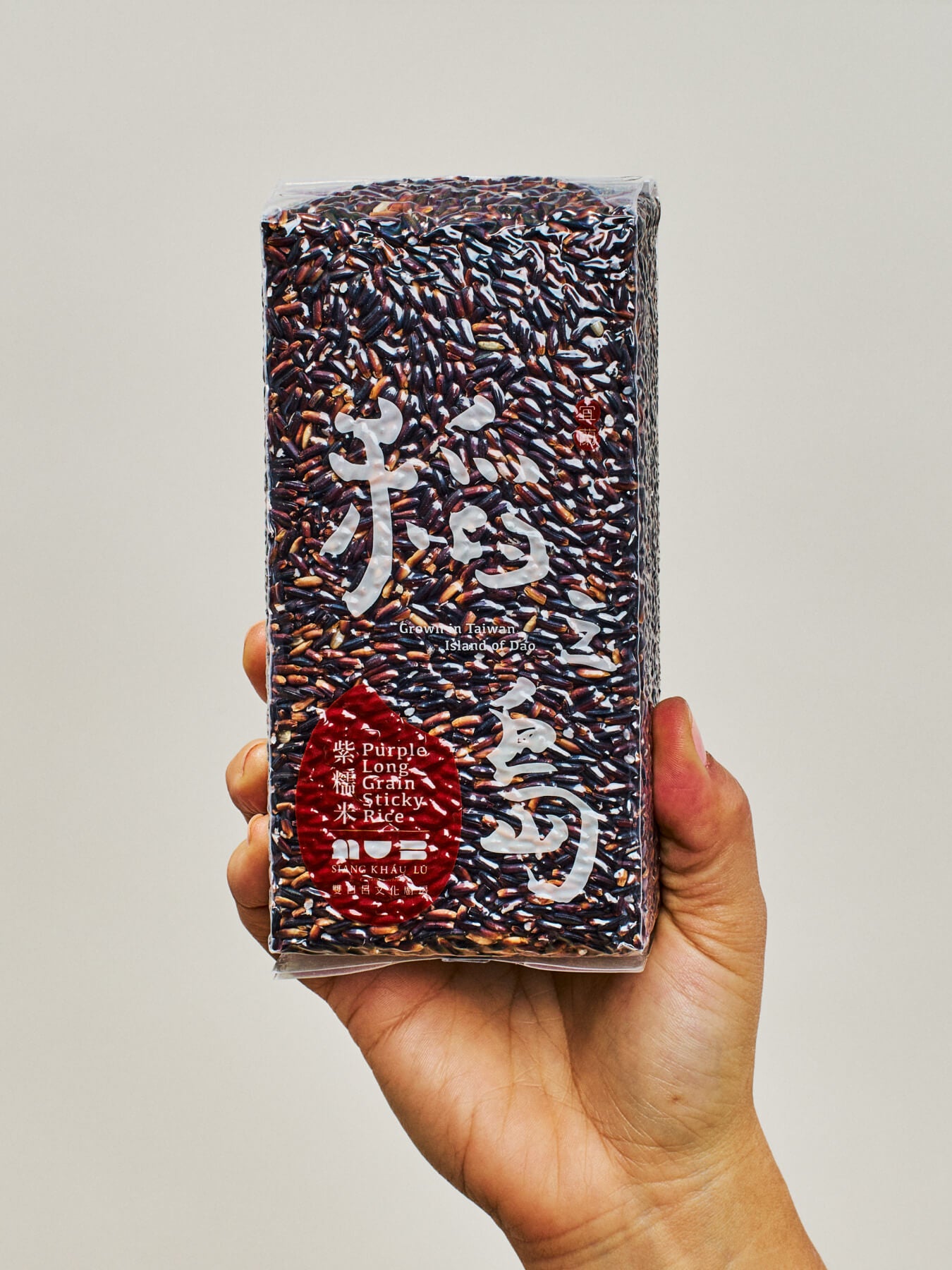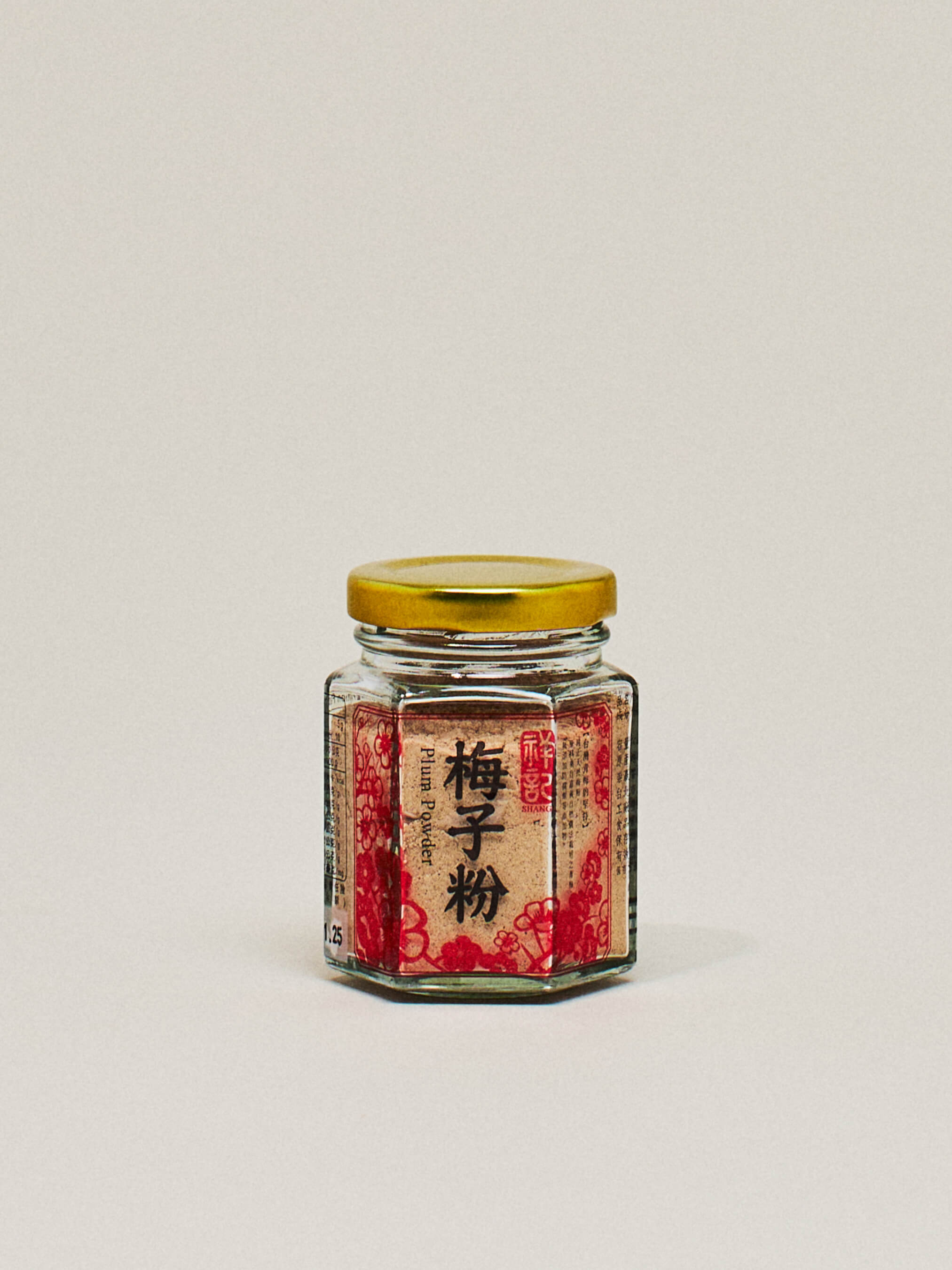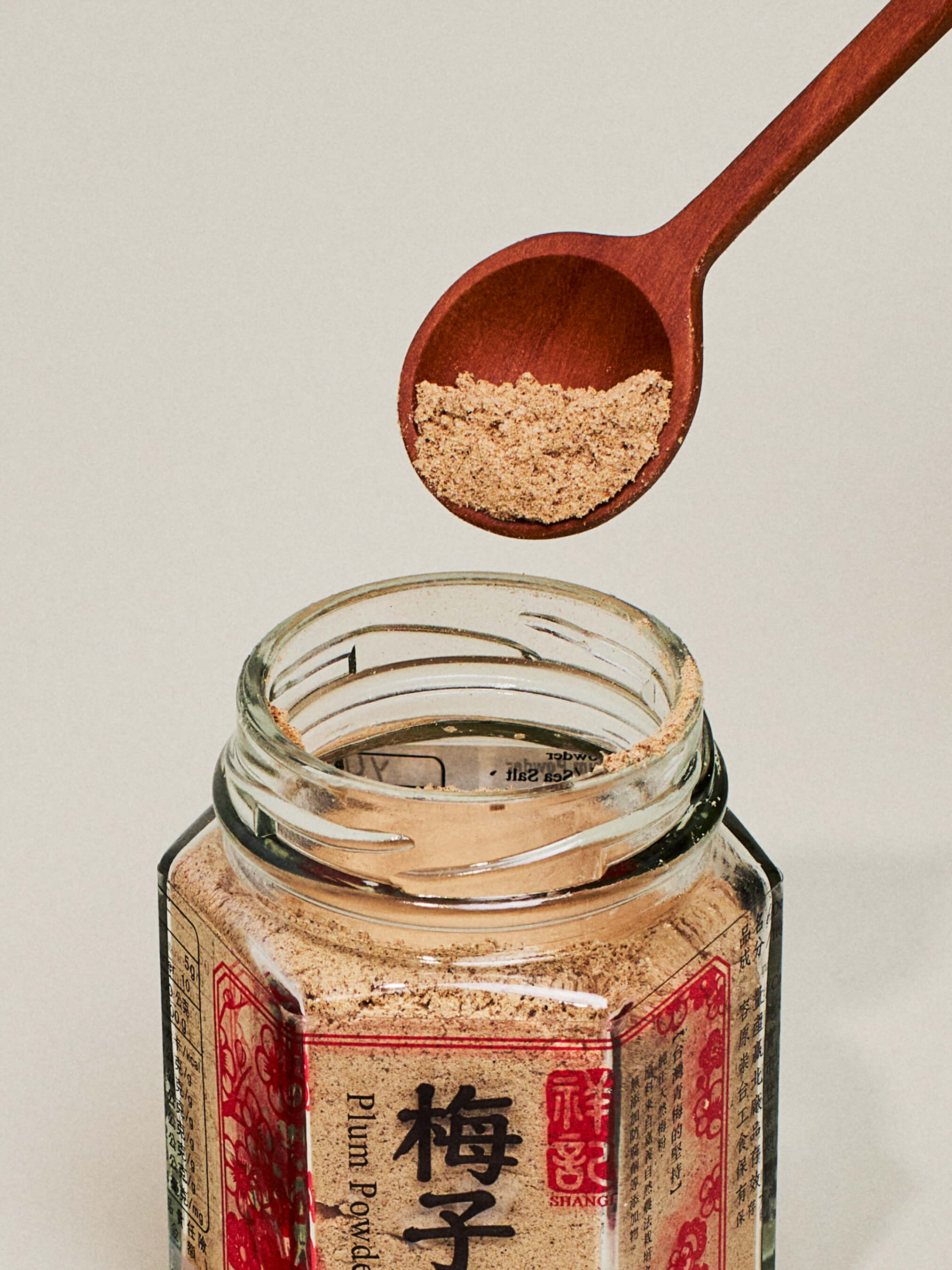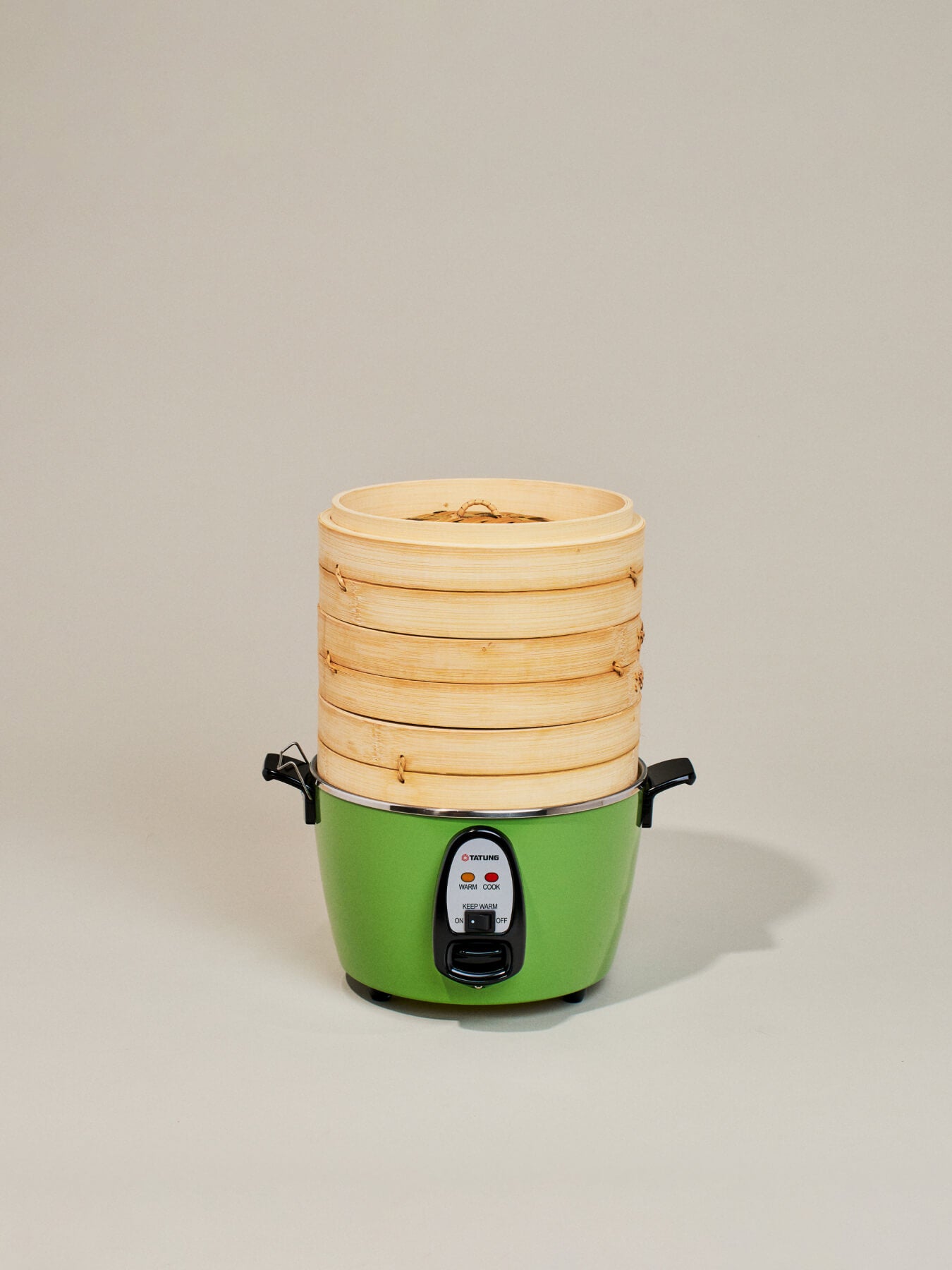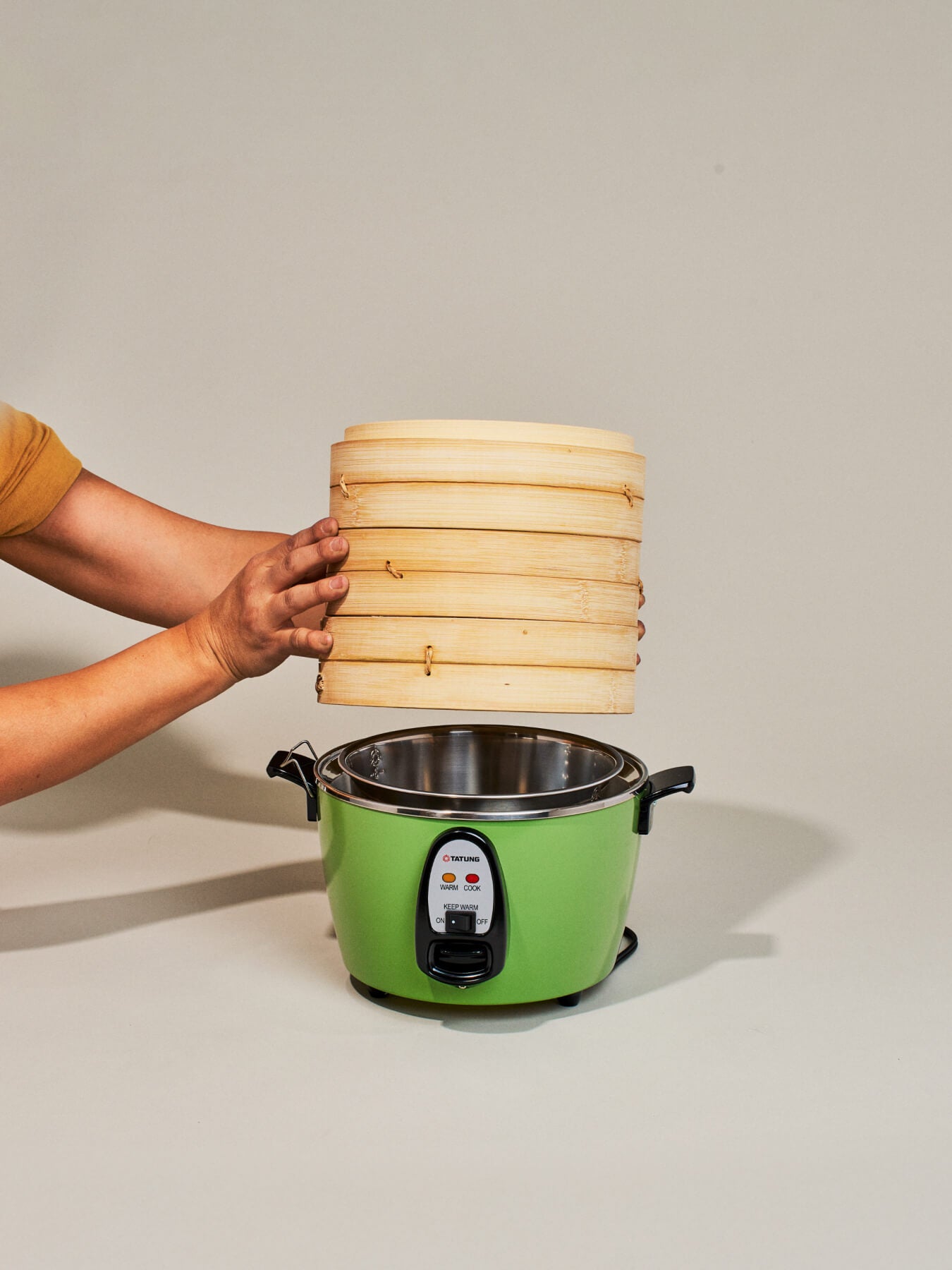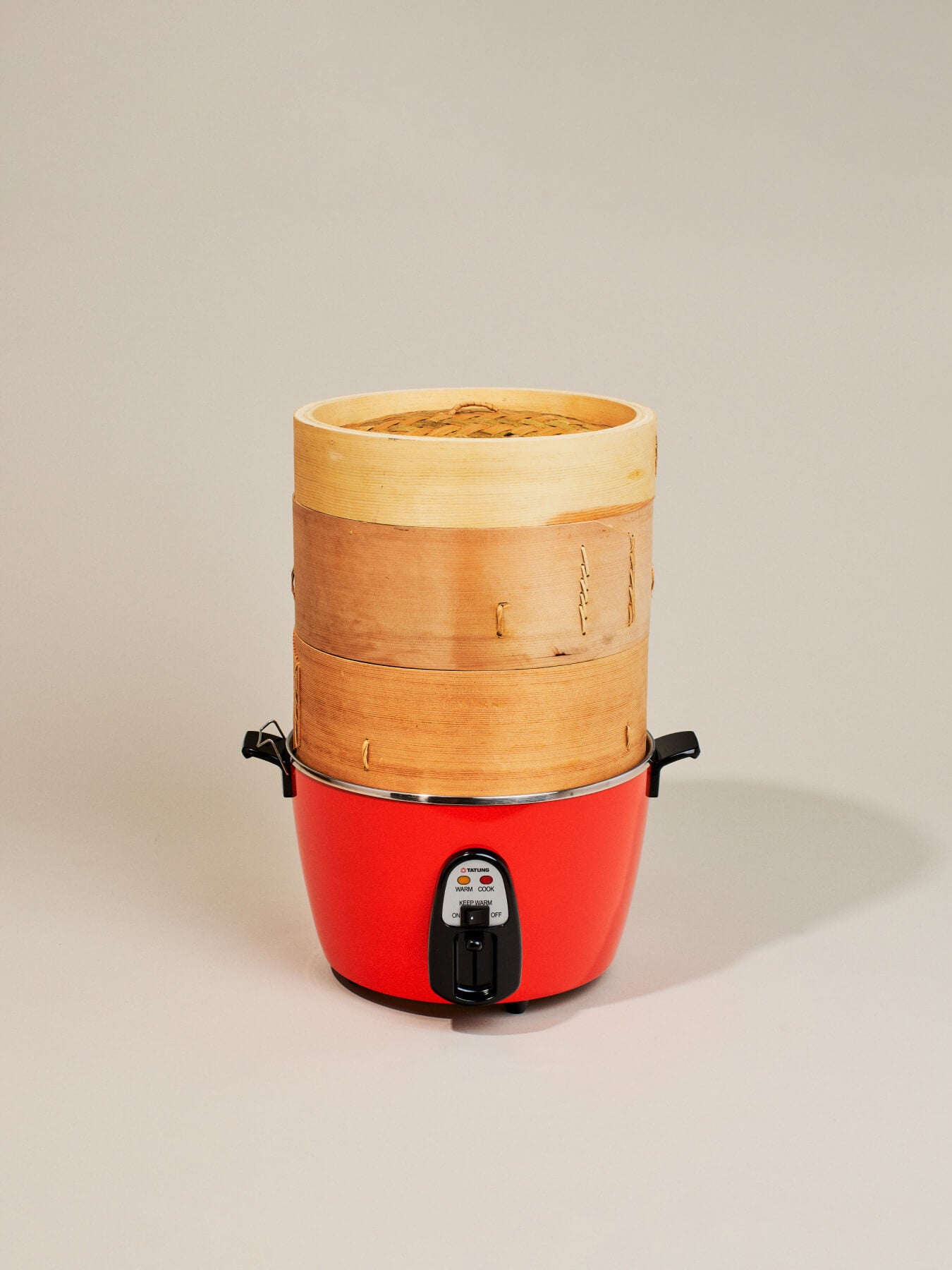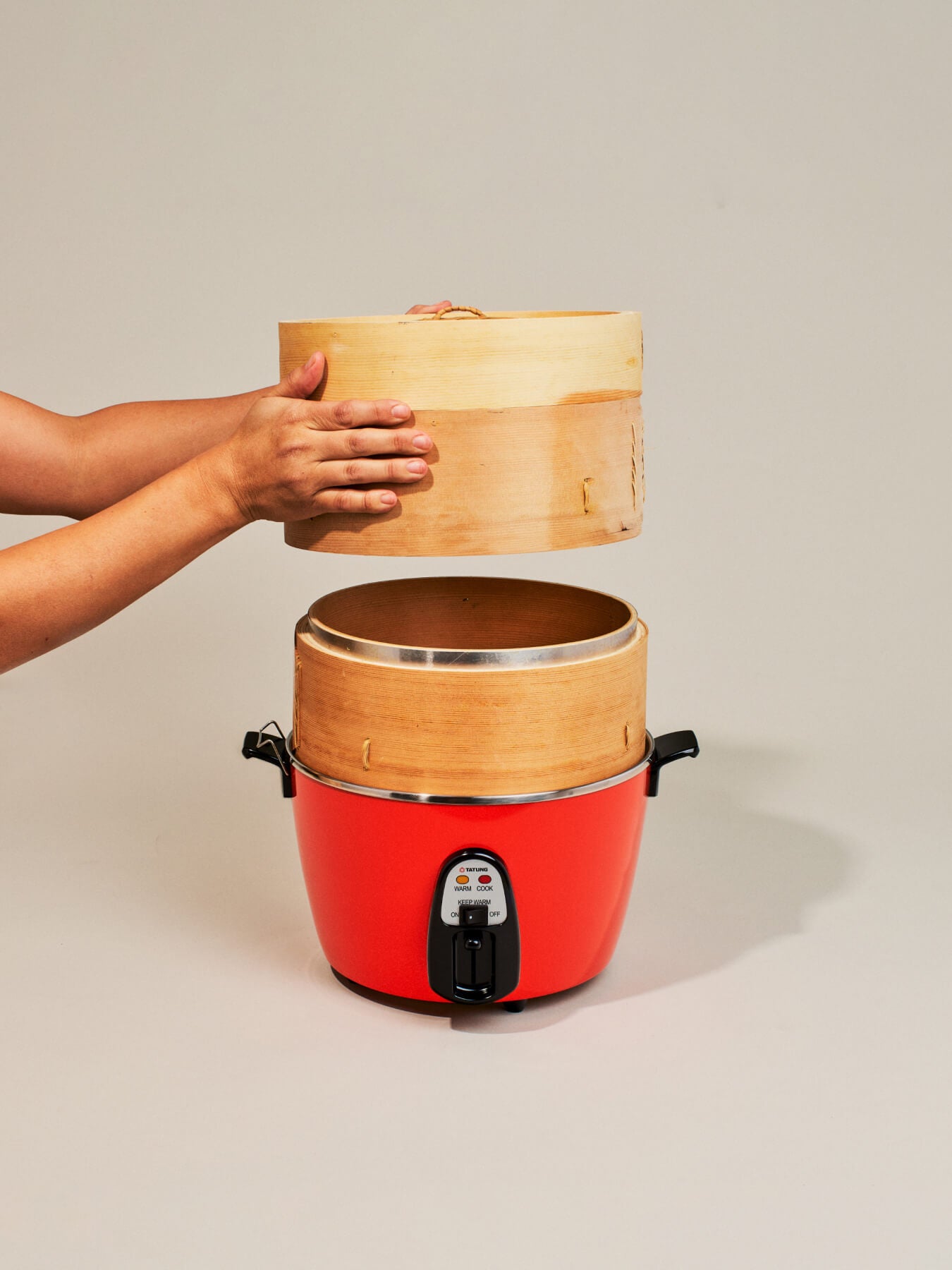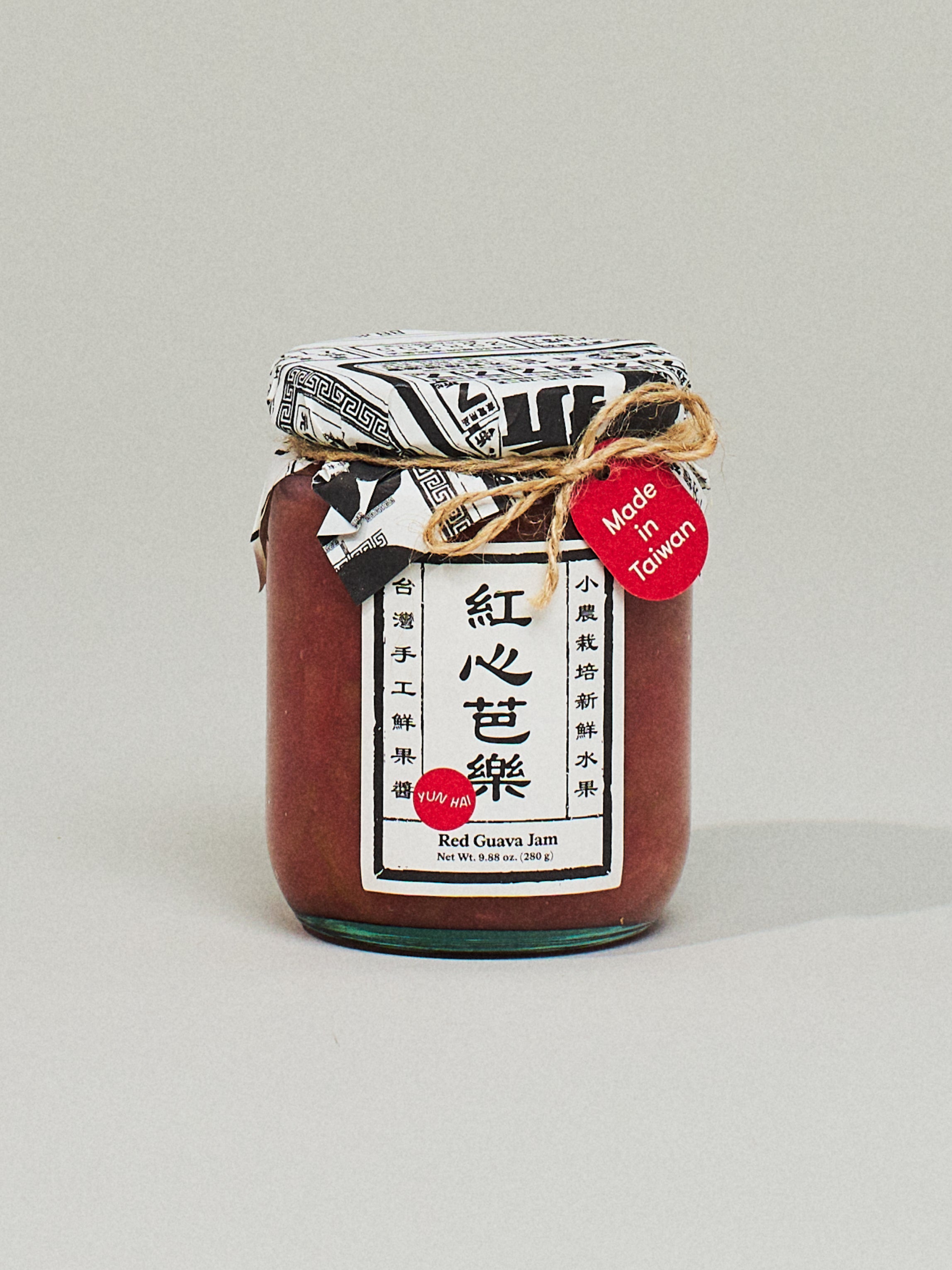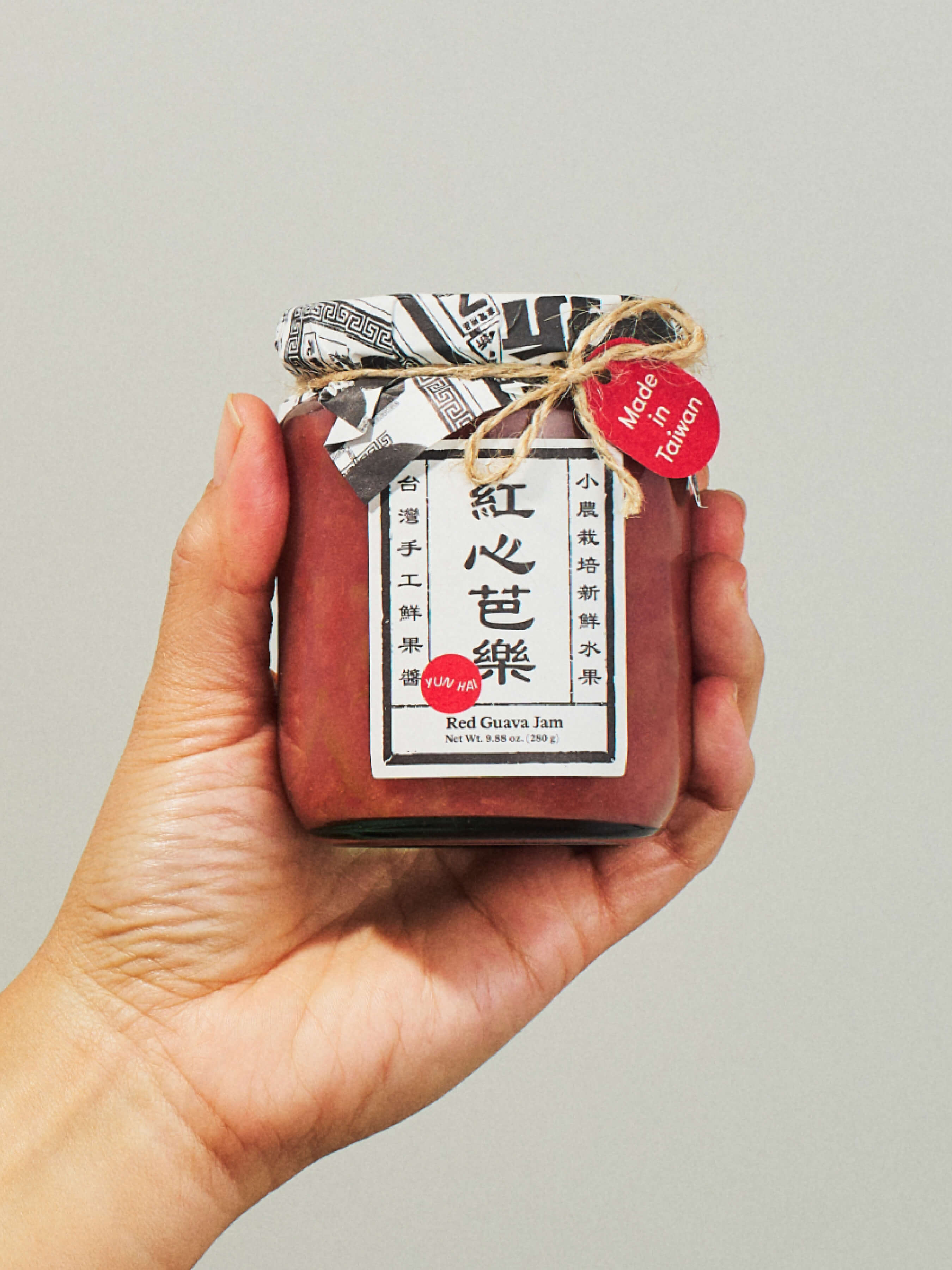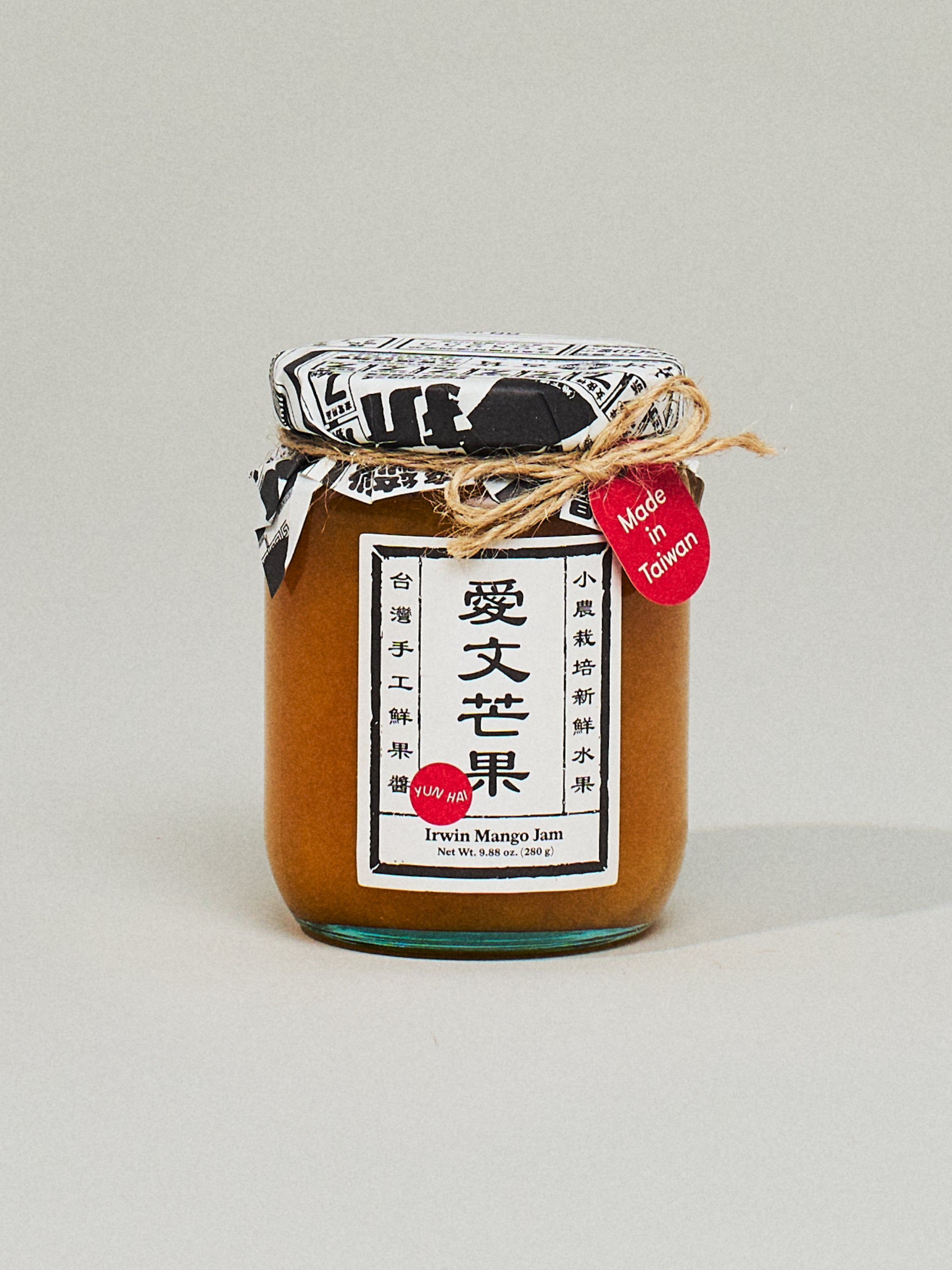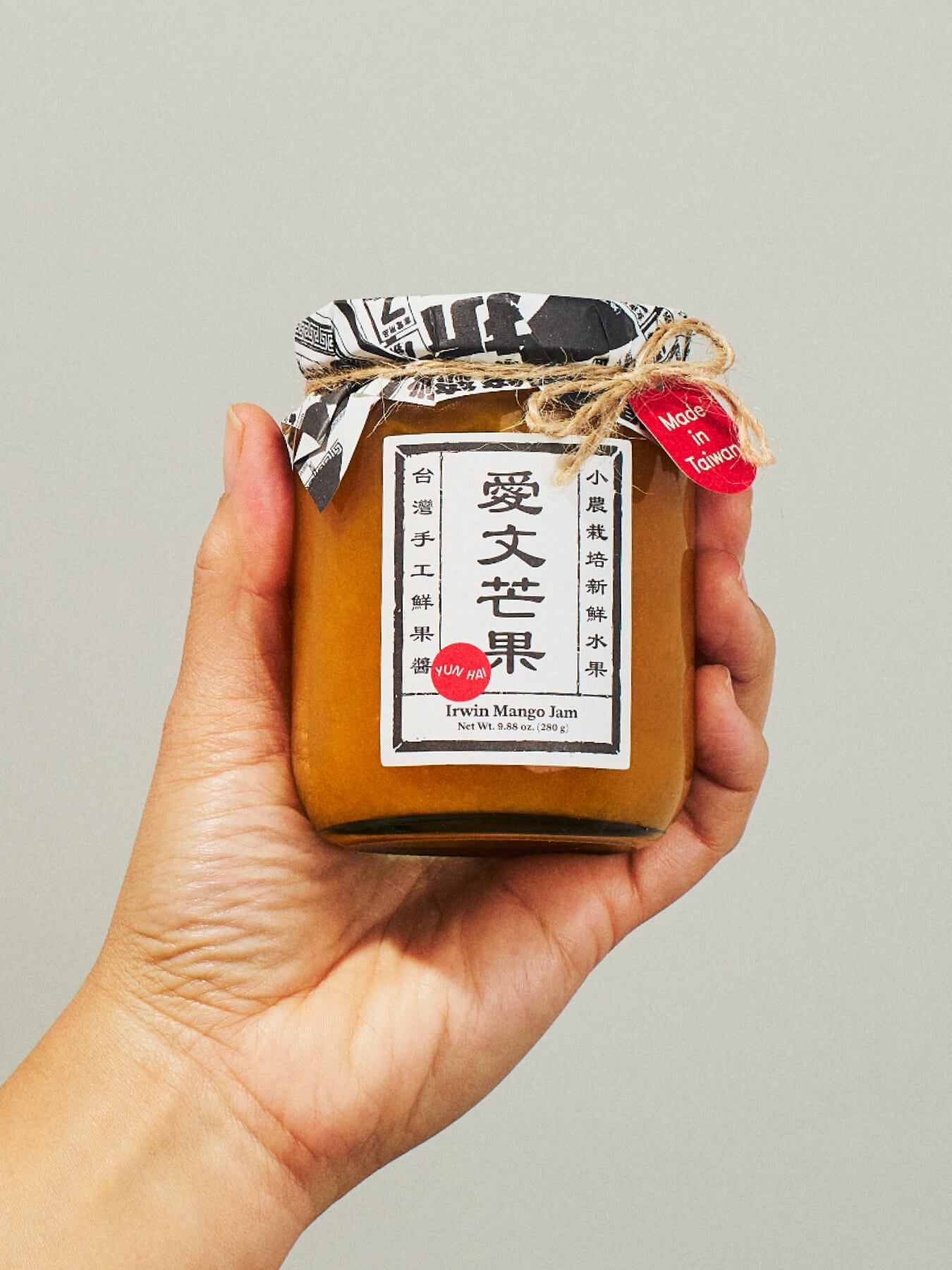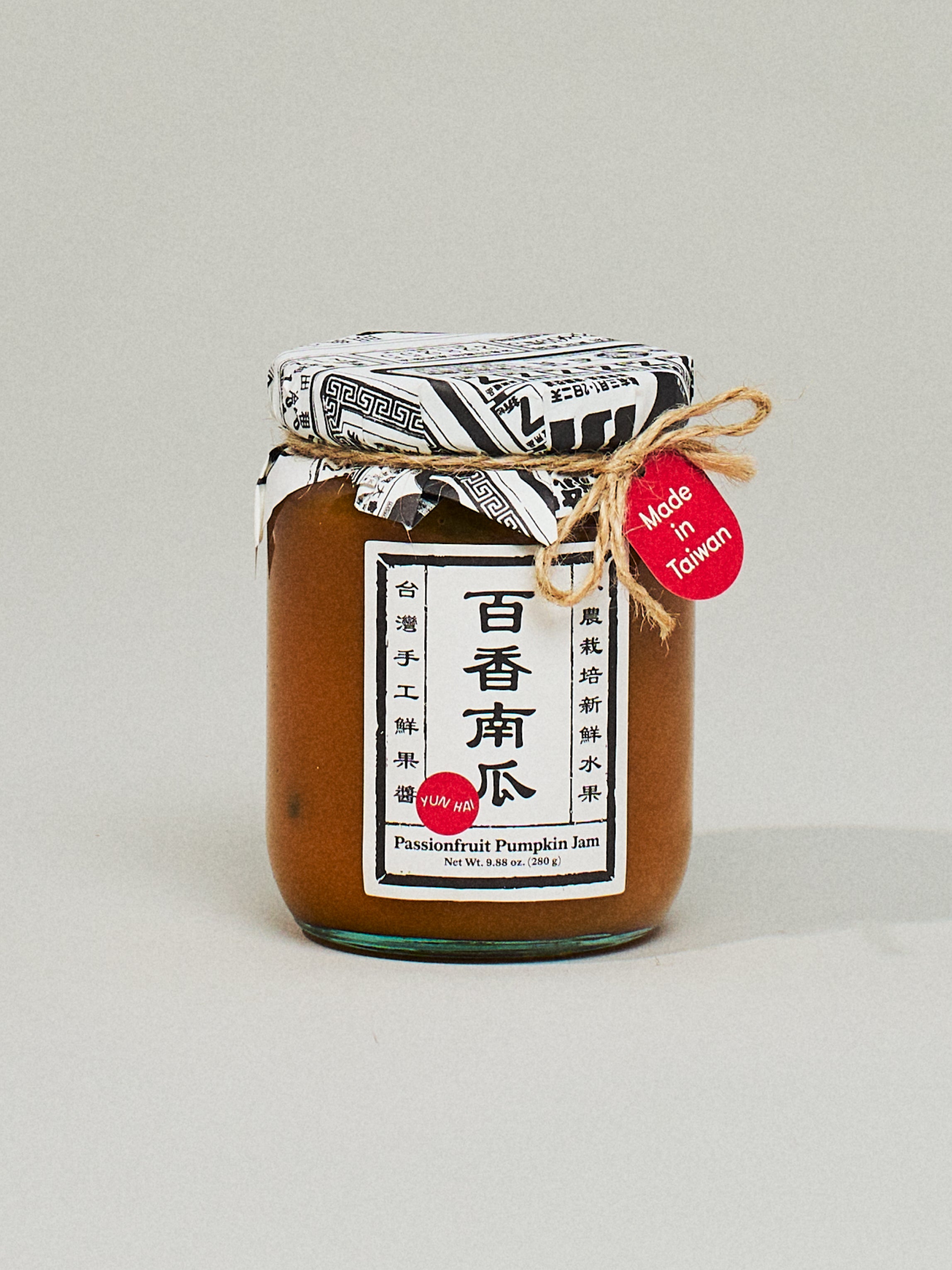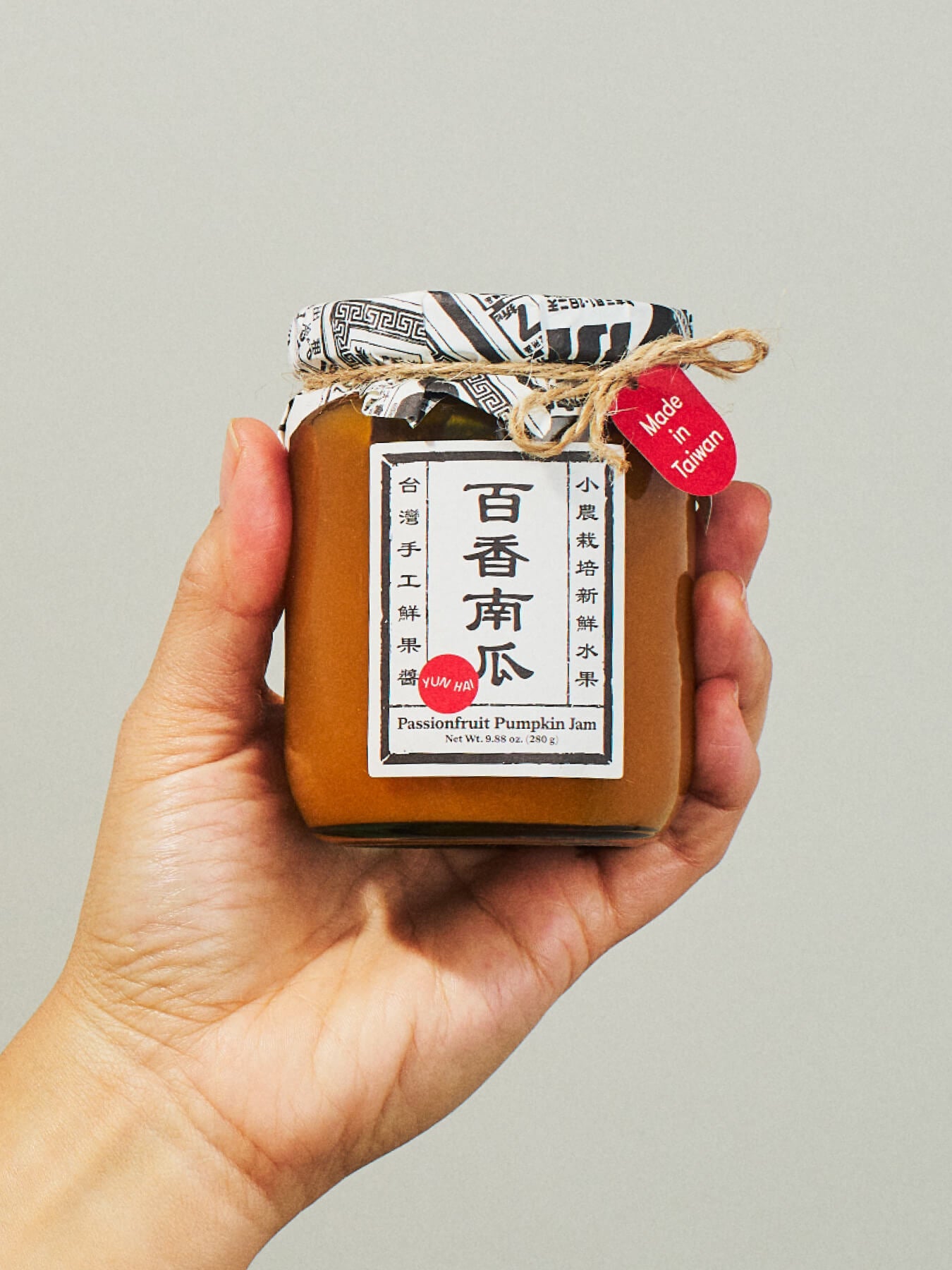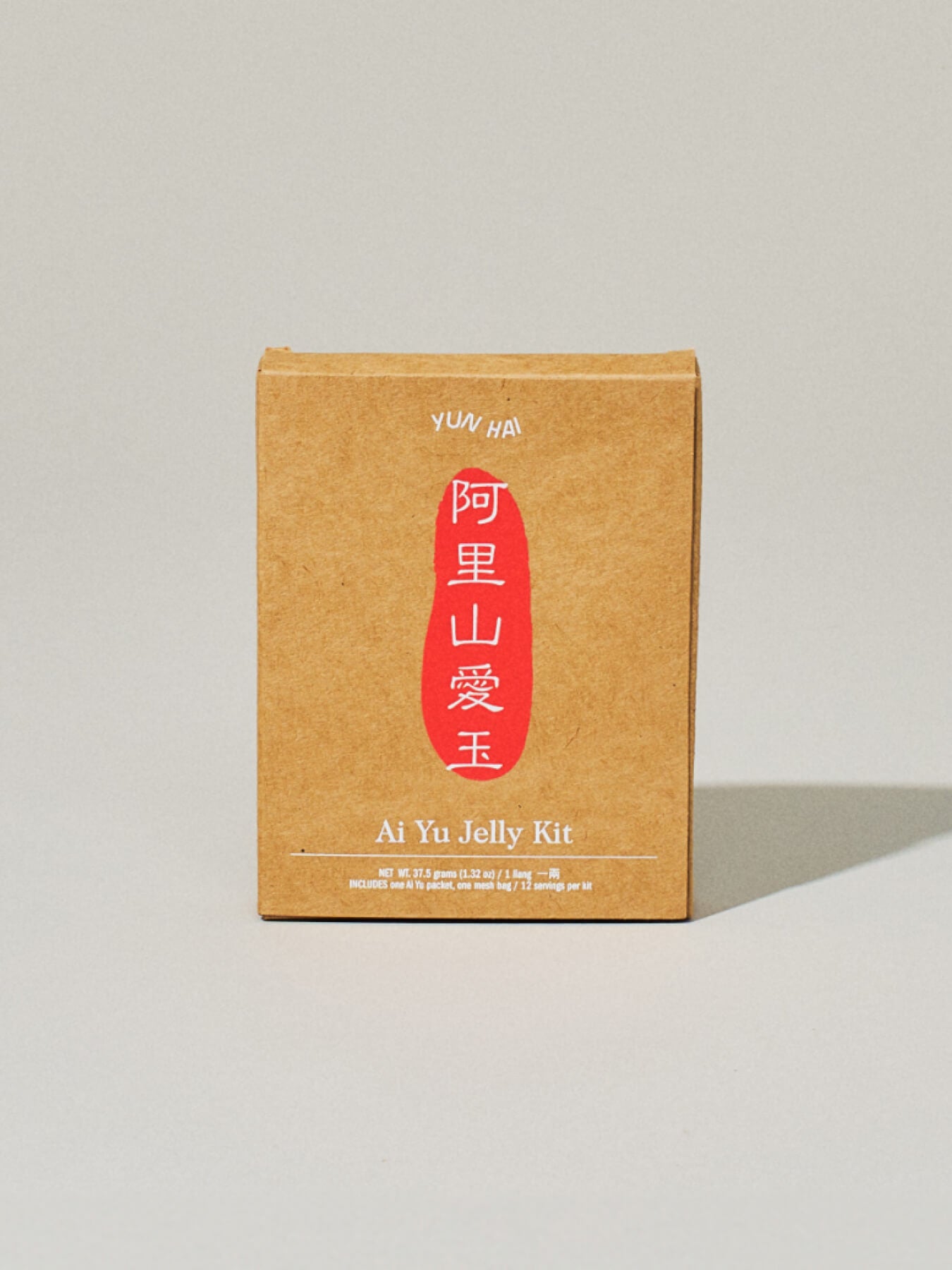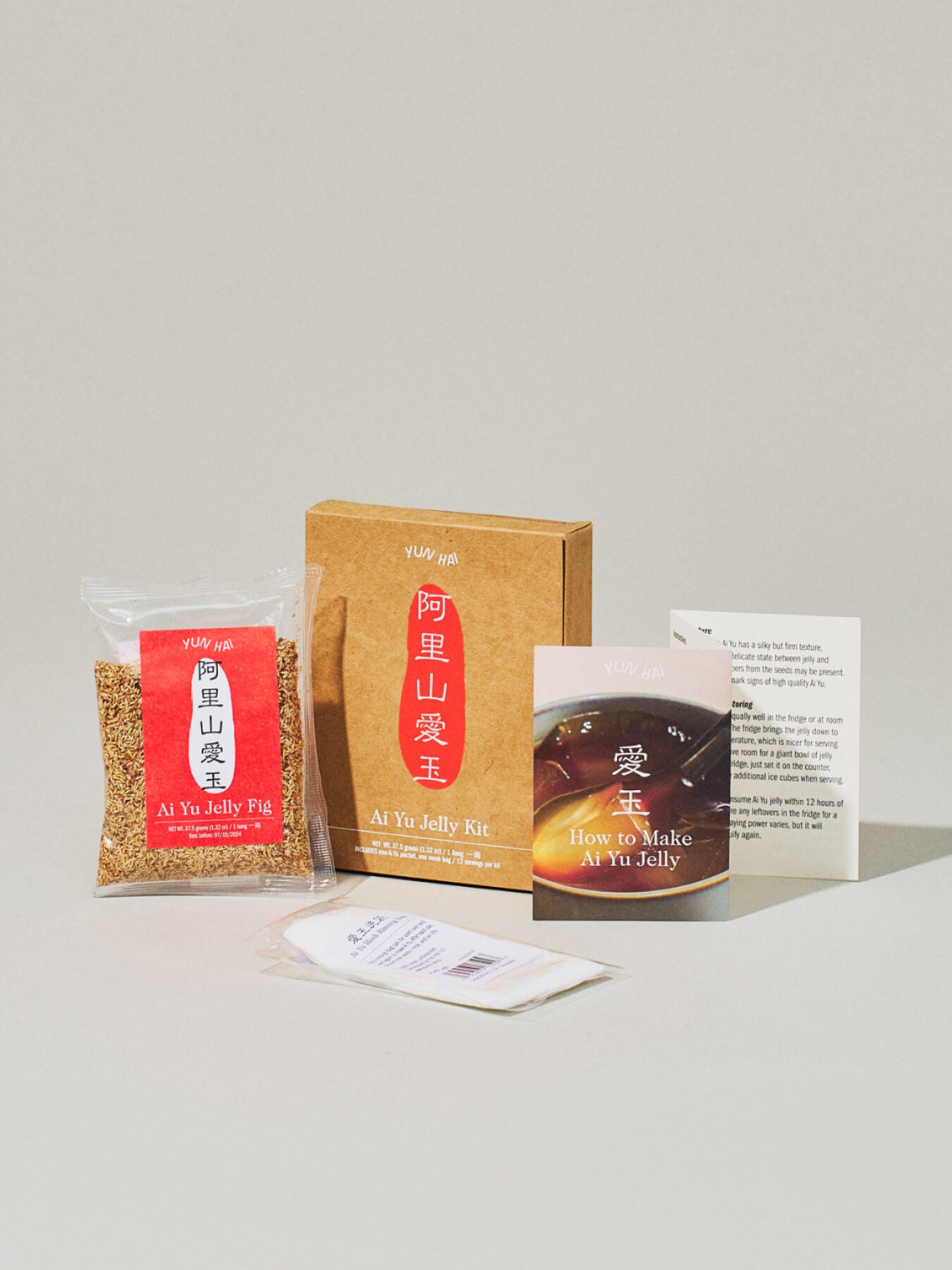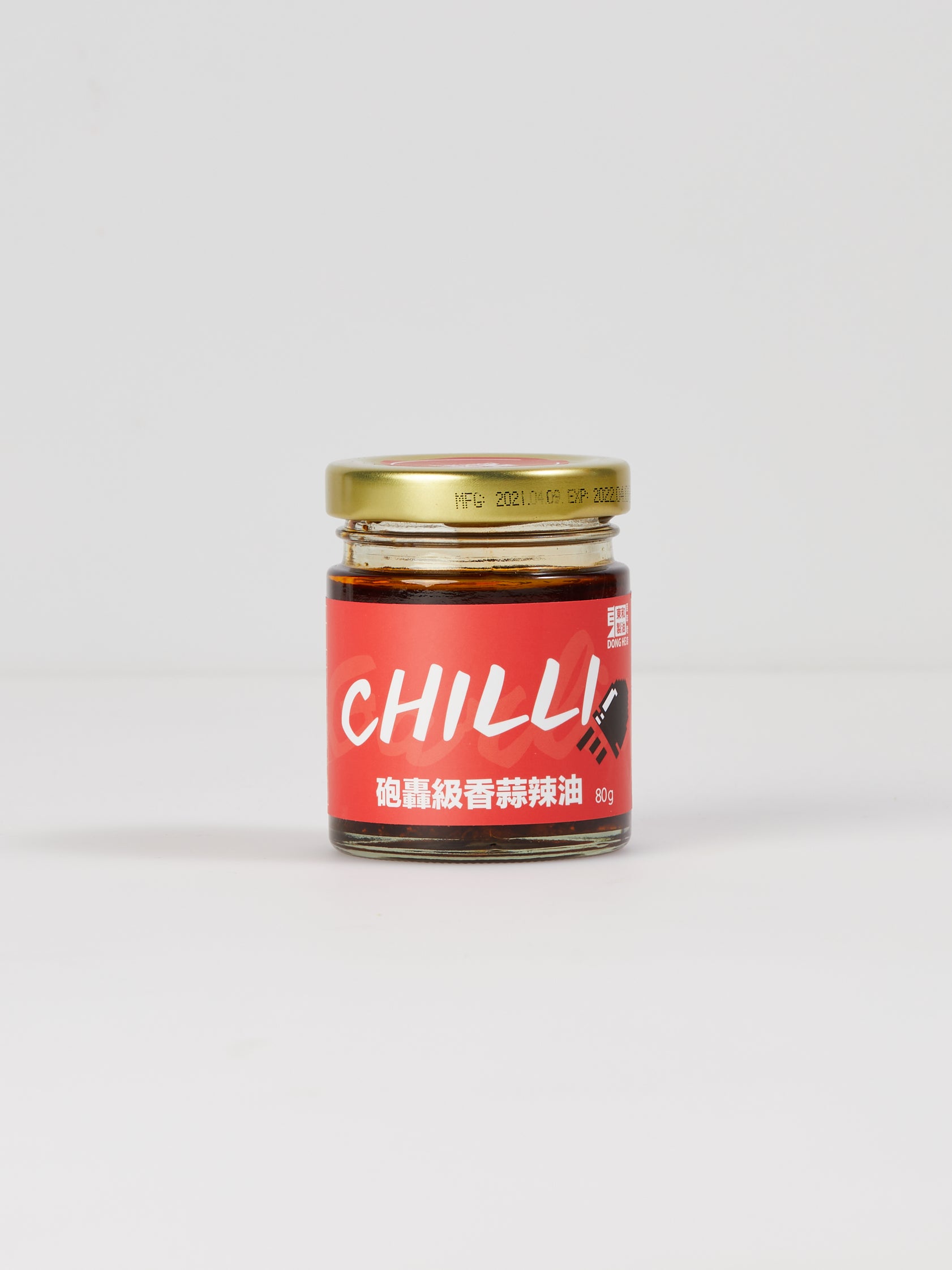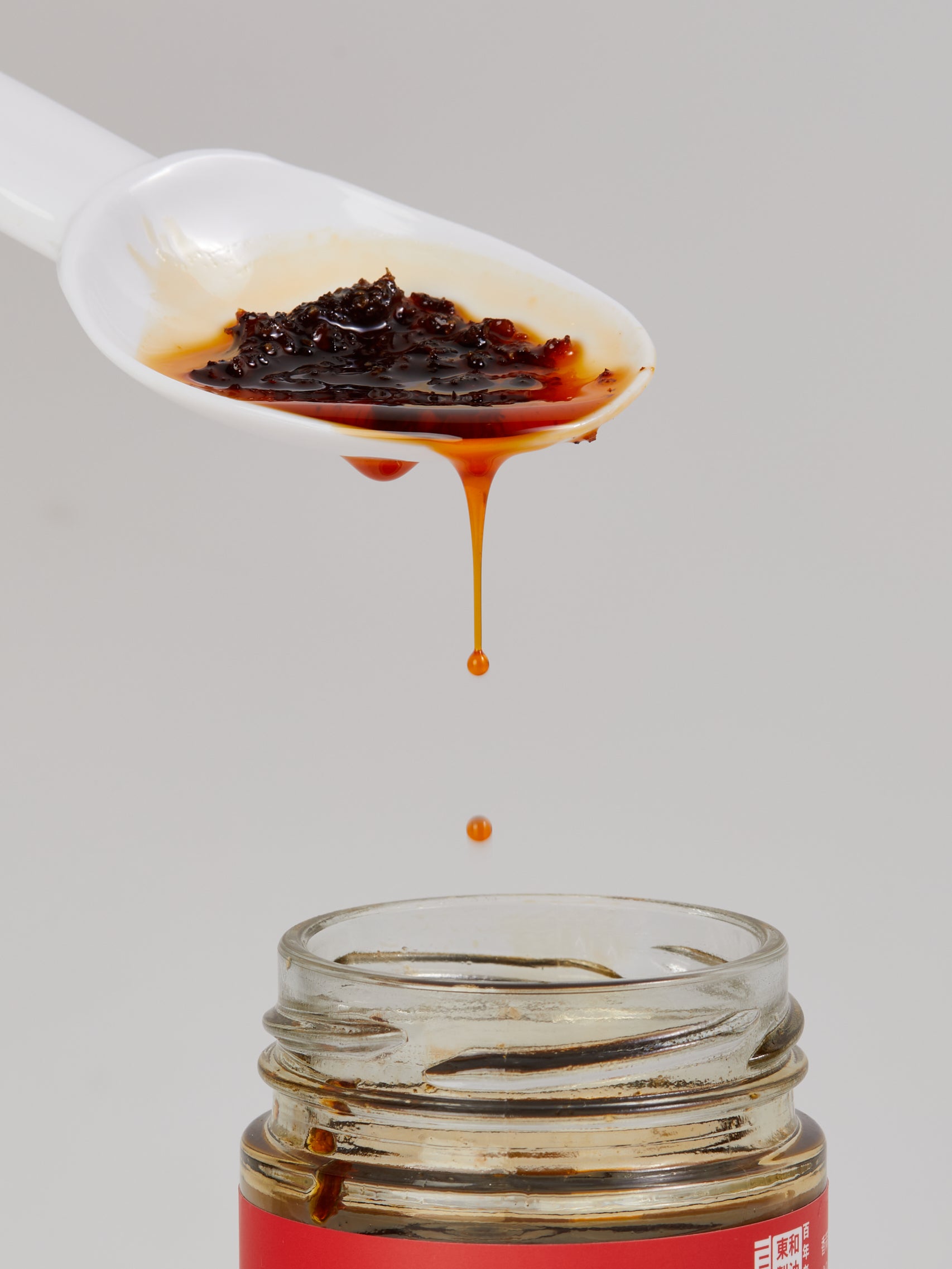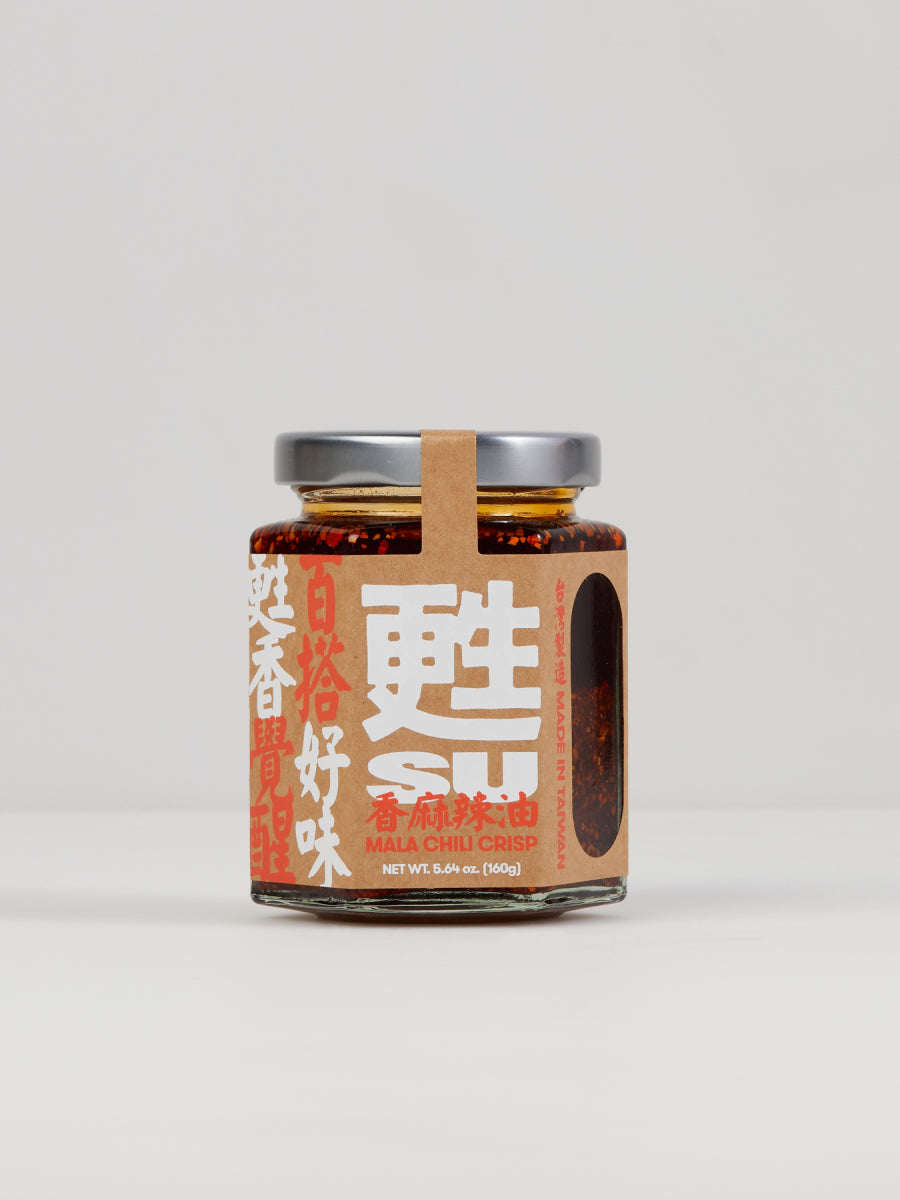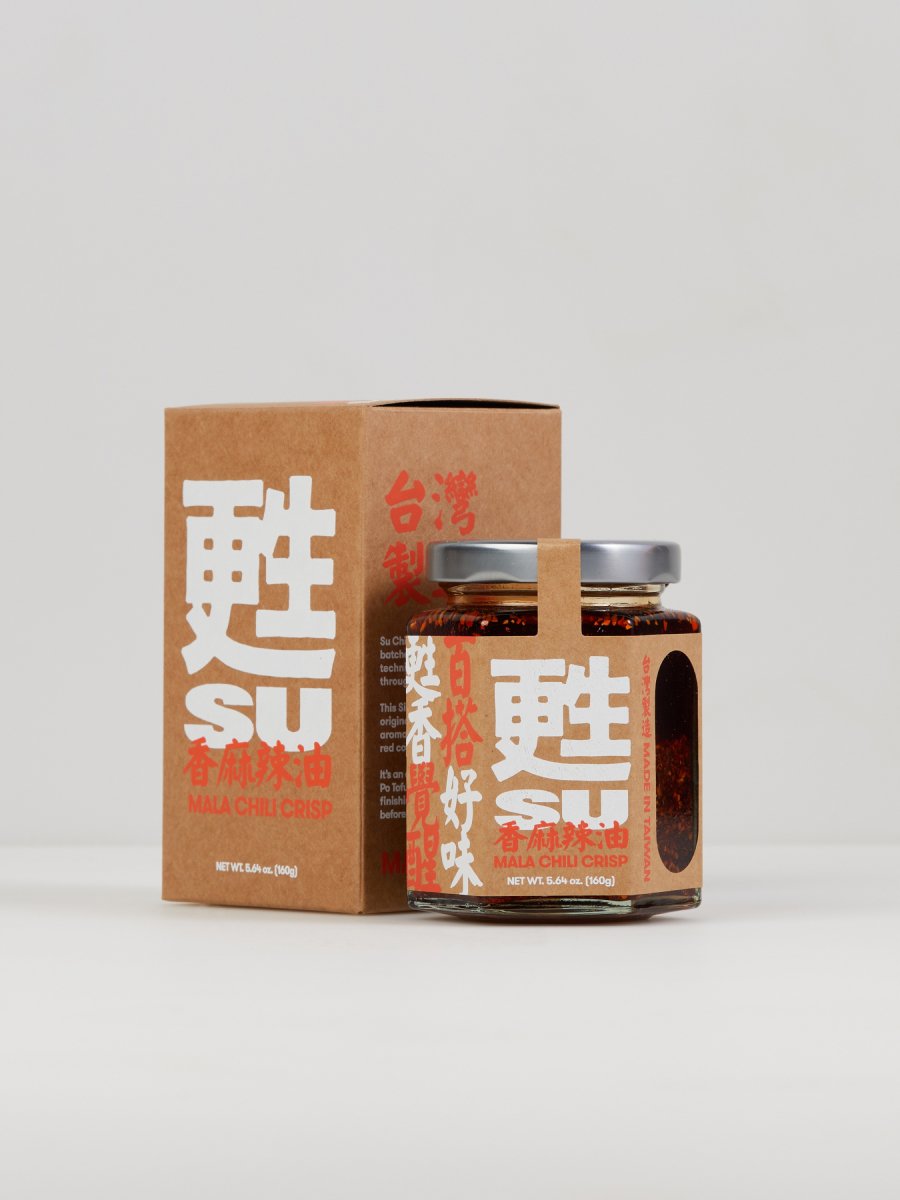Try all of Zhou Nan Salt Field's solar sea salts with this bundle, featuring four different salts.
Fleur de Sel: a flaky, complex finishing salt
Frost Salt: an excellent all-purpose sea salt
Dunaliella Algae Salt: a bright all-purpose sea salt
Coarse Salt: A large-grained salt for heavy duty kitchen tasks
Fleur de Sel is scooped off the top of the salt pools in the spring and early summer, when fast crystallization produces a light, flaky grain. It's an excellent finishing salt that brings out the natural complexity in any ingredient.
Frost salt is harvested in the autumn and winter, when crystallization is slower. This heavy, mineral rich salt settles to the bottom of the salt pools, and has a sweet and briny flavor.
Rich Dunaliella Salt is harvested after the naturally occurring Pink Dunaliella Algae has enriched the salt with antioxidants and bright—almost tart—umami flavor.
Coarse Kosher Salt is harvested in summer, when the high heat results in a large and heavy grain. It's excellent for salting, curing, pickling, and even cleaning.
More info:
Fleur de Sel
Frost Salt
Rich Dunaliella Salt
Coarse Kosher Salt
Where It's Made
Sea salt has been produced in Taiwan for nearly 400 years, dating back to the time of freedom-fighting pirate Koxinga (bet ya 10 bucks he didn’t call Fleur de Sel by the French name). This salt comes from the Zhou Nan Salt Fields of Budai in Chiayi. They date back to 1824, when they were built to expand Taiwan's growing sea salt industry. This was one of Taiwan’s largest salt producing regions; salt villages and communities developed here, and along with fishing, made up a large part of the local economy.
Sadly, all of Taiwan’s traditional salt fields were closed in 2001 due to market pressures. But, in 2006, the Budai Cultural Studio applied for and was granted the right to restore and manage the Zhou Nan fields as a non-profit cultural revitalization project.
Putting the fields back into use was not as simple as opening the floodgates and letting the sea flow in. The fallow land had cracked and dried up, unable to hold seawater any longer. The association recruited elderly salt workers to train a local team in salt knowledge and production. Together with the association, they resalinated the land with 300 tons of salt, relined the salt pans with clay, and relaid much of the mosaic tile lining. It took 6 years to restore the fields to a condition where salt could be produced once again.
Their perseverance paid off—these folks are now making some of the best salt in Taiwan, representing (as they put it) Taiwan's Sea, Soil, Wind, Sun and People. The salt is beloved by many fine dining establishments in Taiwan, like two Michelin star restaurant Taïrroir.
How It's Made
Taiwanese sea salt is made by the power of sea, land, wind, and sun. In the fields, a combination of tides, gravity, retaining walls, and water-gates isolate seawater as it evaporates to higher and higher concentrations. Successive pools are situated at lower and lower elevations, so the water can flow easily to the next phase.
To increase the efficiency of production, salt pans in Taiwan were lined with pottery shards pressed into the clay. These mosaics radiate heat upwards, increasing the evaporative power of each pool. The smooth surface of the tile also prevents the salt from sticking to the bottom during harvest. When the water reaches the right concentration, salt crystallizes out and is harvested and dried.
Salt making in this fashion is extremely weather dependent. Zhou Nan has turned this fact into a core feature, making and releasing salt according to the natural (though changing) cycles of the earth. Each salt highlights the qualities of the seasons.
About Zhou Nan Salt
The Zhou Nan Salt Fields 洲南鹽場 were built in 1824 in Budai, Chiayi, using techniques that date back to the mid-1600s. After all of Taiwan's salt fields were forced to close due to market pressures, the Budai Cultural Association revived their local salt fields, preserving their craft heritage and the unique flavor of Taiwan’s sea, salt, wind, and soil.
